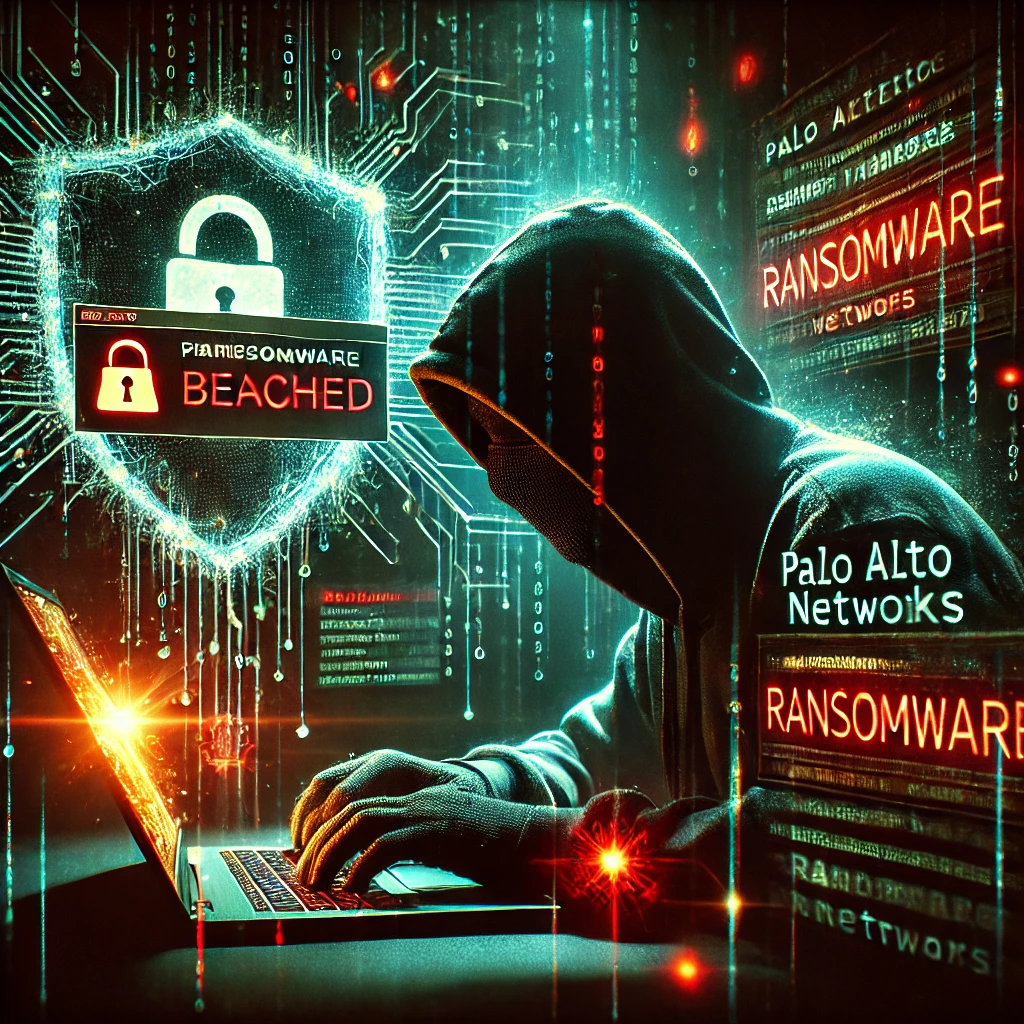A sophisticated cyberattack has been uncovered targeting an Asian software and services company, where hackers exploited a critical vulnerability in Palo Alto Networks’ PAN-OS to deploy RA World ransomware. The attack, which took place in November 2024, has raised concerns about the growing intersection of cyber espionage and financially motivated ransomware campaigns.
The Attack: Exploiting PAN-OS Vulnerability
Cybersecurity firm Symantec reported that the attackers leveraged CVE-2024-0012, a known vulnerability in Palo Alto Networks’ firewall operating system, PAN-OS. This flaw had previously been identified and patched, but the attackers capitalized on unpatched systems to infiltrate the target network.
Once inside, the hackers deployed a well-known malware toolkit historically linked to Chinese espionage groups. This suggests the possibility of either a crossover between state-sponsored cyber espionage and ransomware operations or the involvement of threat actors moonlighting for financial gain.
RA World Ransomware: A Growing Threat
RA World, an emerging ransomware strain, has been associated with a Chinese threat group known as Bronze Starlight (also called Storm-401 and Emperor Dragonfly). The group has a history of launching short-lived ransomware campaigns to achieve financial gains under the guise of traditional cybercrime, all while leveraging espionage tactics.
The attackers used a technique known as DLL sideloading, where a legitimate Toshiba executable, toshdpdb.exe, was manipulated to sideload a malicious DLL, toshdpapi.dll. This, in turn, loaded an encrypted variant of PlugX, also known as Korplug, a well-established remote access Trojan (RAT) commonly used by Chinese state-affiliated actors such as Mustang Panda.
The incident was unique in that PlugX was deployed not just for espionage purposes but as part of an extortion operation, ultimately leading to the encryption of critical systems at the victim organization.
State-Sponsored Actors Turning to Ransomware?
This attack underscores a concerning trend in the cybersecurity landscape: state-sponsored groups historically involved in cyber espionage are now engaging in ransomware operations. While cybercriminals primarily focus on financial gains, state-backed hackers typically conduct intelligence gathering for geopolitical advantages. The overlap of these motives suggests that certain actors could be engaging in cybercrime outside of their official assignments—a trend seen among Iranian and North Korean groups but relatively rare among Chinese threat actors.
If espionage actors are indeed conducting ransomware attacks for personal or state financial benefit, this represents a dangerous evolution in cyber threats. Organizations now face adversaries with advanced tactics and resources typically reserved for state-sponsored operations, increasing the complexity of mitigating such attacks.
Mitigation and Defensive Measures
Given the severity of this incident, security experts emphasize the importance of patching vulnerabilities as soon as updates become available. Organizations using Palo Alto Networks’ firewalls should ensure they have applied the latest security patches to protect against CVE-2024-0012 and similar threats.
Additional defensive measures include:
- Network segmentation: Limiting access to critical systems to minimize lateral movement by attackers.
- Zero Trust security principles: Implementing strict access controls and continuously monitoring user behaviors.
- Endpoint detection and response (EDR): Deploying advanced monitoring tools to detect abnormal activities early.
- Threat intelligence sharing: Collaborating with industry peers and security firms to stay ahead of evolving threats.
Conclusion
The exploitation of PAN-OS to deploy RA World ransomware highlights the increasingly blurred lines between cybercrime and cyber espionage. This incident serves as a reminder that even nation-state hacking tools can be repurposed for financial gain, making it crucial for organizations to adopt robust cybersecurity measures. As cyber threats continue to evolve, proactive security postures and timely patch management remain key defenses against sophisticated adversaries.
Security professionals and IT teams should remain vigilant, ensuring that vulnerabilities are promptly patched and security frameworks are strengthened to mitigate risks associated with advanced persistent threats (APTs).
